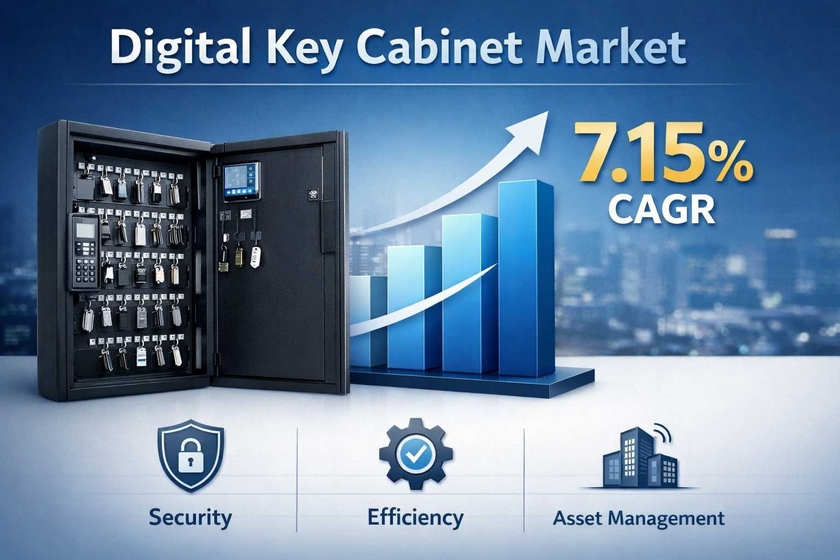Avoid AI Detection: A Practical Guide
Artificial Intelligence has had an unprecedented effect on numerous industries. Part of its transformation includes AI's role in creating, understanding, and detecting AI-generated content - it plays an essential role in how we interact with technology today - AI allows us to make better use of existing resources while solving tasks once considered tedious or difficult.
Understanding AI Detection Systems
Artificial Intelligence content covers many disciplines. AI is being applied in journalism and advertising among other fields.
AI content detection entails identifying and understanding AI-generated content. While AI may seem complex at times, there are still telltale signs to detect whether something is human- or AI-created; advanced algorithms have developed algorithms which detect them quickly.
To outwit AI detection tools, it's necessary to gain an understanding of how AI creates content and the detection mechanisms involved. Creating AI-generated writing that looks convincingly human while remaining subtle enough not to trigger tracking tools can be tricky.
As the next section unfolds, we will evaluate the importance of dodging AI detectors and how this may have an impactful repercussion for both manual and automated content creation processes. What exactly are we trying to achieve by dodging AI detection? Let's find out!
Why Don't We Use AI Detection?
AI-generated content provides a great way to generate large volumes of high quality material while saving both resources and time, which is invaluable in today's technological era. However, with internet platforms' increased use of Turnitin AI detection software removing or devaluing this material from reaching its target audience it is therefore necessary to avoid AI detection; not out of ethical considerations but so that this content reaches its audience more successfully.
As AI detectors can sometimes detect AI-generated content as indistinguishable from human-written material, this concept could offer ways of making AI-generated posts nearly indistinguishable from what humans write - providing more discussion on its capabilities and coexistence with human effort. Furthermore, this idea might shed light on any ethical concerns surrounding such content, whether or not digital platforms accept it or reject it.
After understanding why AI detection is important, let's explore strategies and tactics that will allow us to do just that.
How to Avoid AI Detection
In the previous section, we covered why it is essential to avoid AI detection. Reasons may include protecting privacy, avoiding false detections and protecting data. Below are a few manual steps you can take in order to stop AI detections.
Natural Language: When it comes to creating texts using AI versus human intelligence, language selection is one of the key points of differentiation between them. AI tends to generate formal and grammatically correct content while humans typically utilize more natural, colloquial idiomatic speech filled with contractions, slang words and other expressions.
Contextual Awareness: Humans have the advantage over AI when it comes to adding context into their writing, taking into account factors like cultural references or current events that AI cannot. By adding contextual awareness into your writing, you can add human elements that would otherwise evade AI detection. AI-generated texts usually follow similar patterns for sentence structure and length while human language varies significantly between short phrases and longer ones, as well as different sentence structures (complex, simple, compound and compound-complex), making your content appear less artificially generated and easier for AI detection.
Accepting Imperfections: Human beings are imperfect, and our language reflects this fact. Humans make mistakes like spelling and grammatical errors that AI doesn't. Deliberately including minor errors into your text will make it more human-sound.
Sharing Personal Experiences and Anecdotes: Recounting personal anecdotes is something which only humans can truly do, since AI cannot replicate human conversation without an emotional component. You can add more humanity to your content by including memories from personal experience or discussing shared ones.
Avoid Repeated Phrases: Artificial intelligence can get stuck in a repetitive cycle of using the same phrases and following predictable writing patterns, while humans have more creative freedom and can express themselves more freely than AIs do. You can humanize your content by adding variety through expressions, phrases and synonyms in your writing.
Humor & Sarcasm: Employing humor or sarcasm requires an acute understanding of language and social context--something AI struggles with at present. You can make your writing appear more human by adding subtle humor or sarcasm into it.
AI Evolves: Staying current with AI technology developments is crucial. Algorithmic detection technology is constantly advancing, meaning strategies that work today may no longer be relevant tomorrow. Stay abreast of AI-generated content trends to avoid detection.
Avoid AI Detection With Specific Tools
AI Humanizer can be an invaluable tool in combatting AI detectability. Utilizing sophisticated algorithms that constantly evolve to make text appear more naturalistic, this innovative tool analyzes your text and suggests improvements for improvement.
AI Humanizer is continuously updated and improved, making it possible to circumvent AI detection algorithms. Easily accessible for those looking to add humanistic traits to their text while eliminating robotic articulation, this tool makes AI detection avoidance efficient and effective, creating authentic text which cannot be distinguished from human writing.
Conclusion
While AI detection may seem challenging at first, using these tips in your writing and keeping them in mind can help you successfully avoid it. Focus on what makes us human and utilize those qualities for maximum effect; also remember when using automation tools to boost content creation that you review and proofread as part of this process.


















